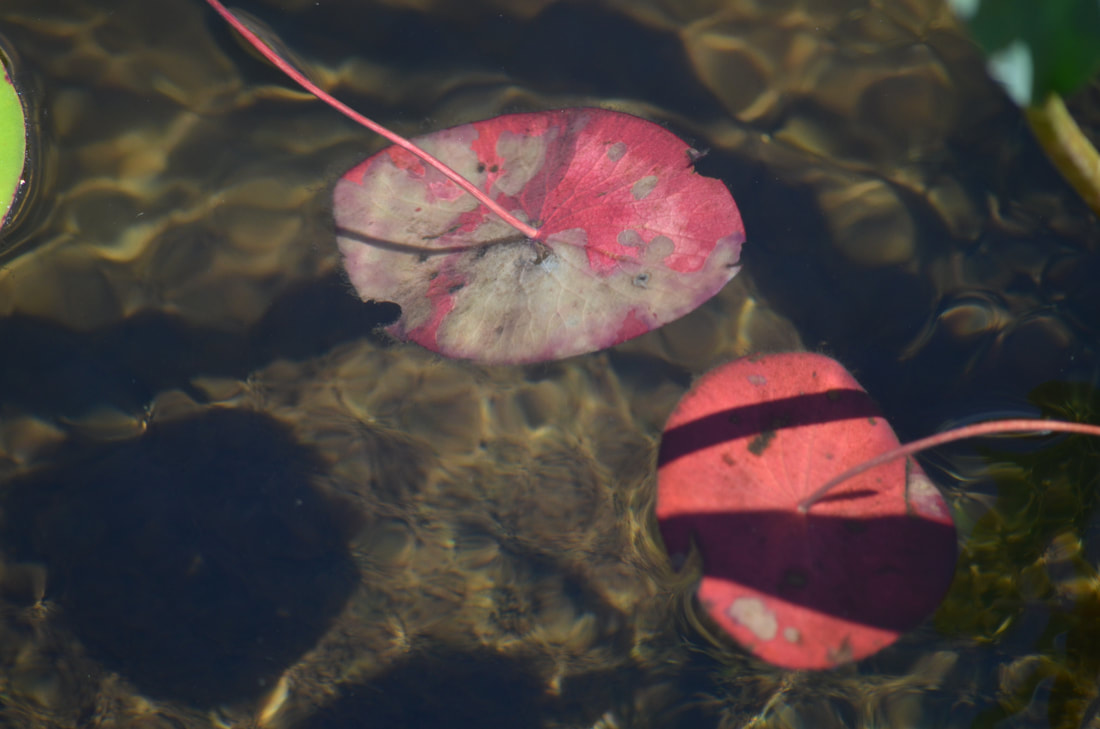Thank you for visiting Lacawac Sanctuary. We hope you enjoyed your exploration and learned a little bit along the way about the environment, nature and science.
Our contact information is below. We love to hear from you!
Don't forget to visit our website at www.lacawac.org for upcoming education programs and events.
|
Lacawac Sanctuary Administrative Staff Craig Lukatch, President [email protected] Beth Norman, PhD, Director of Science and Research [email protected] Natalie Wasilchak, Assistant Director of Environmental Educator [email protected] Casey Arnold, Director of Facilities [email protected] |
Location |
|
